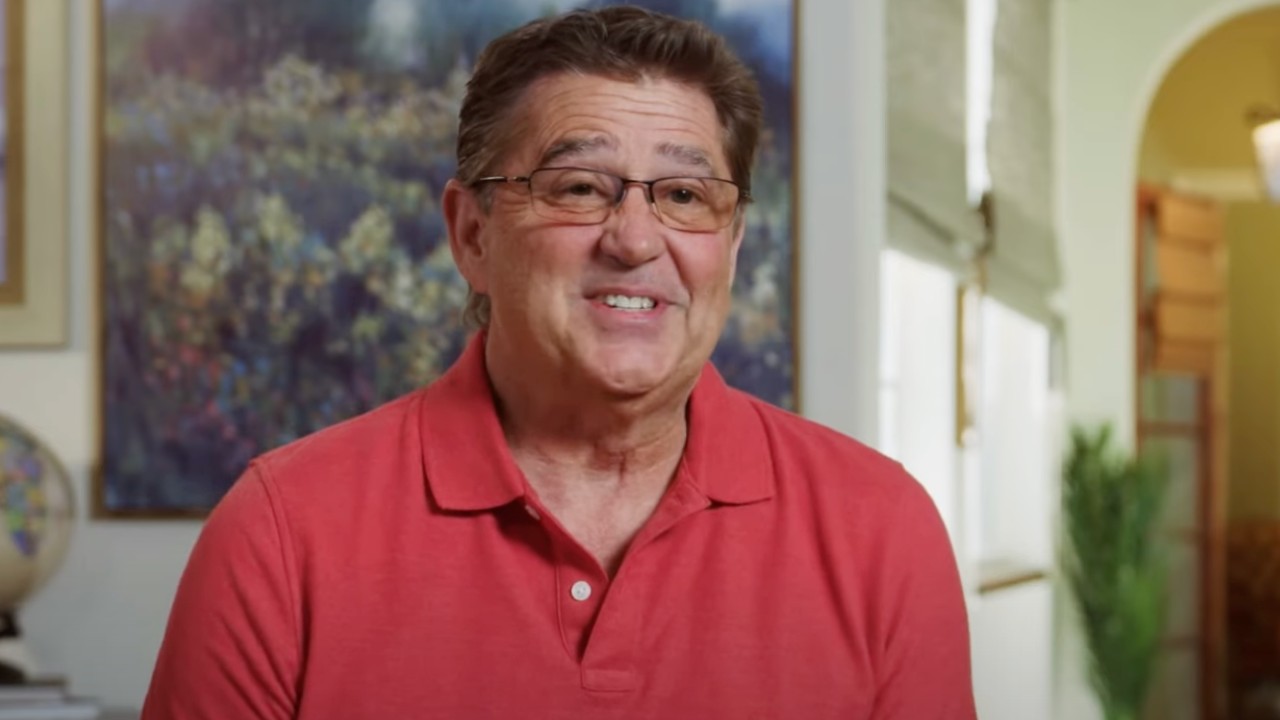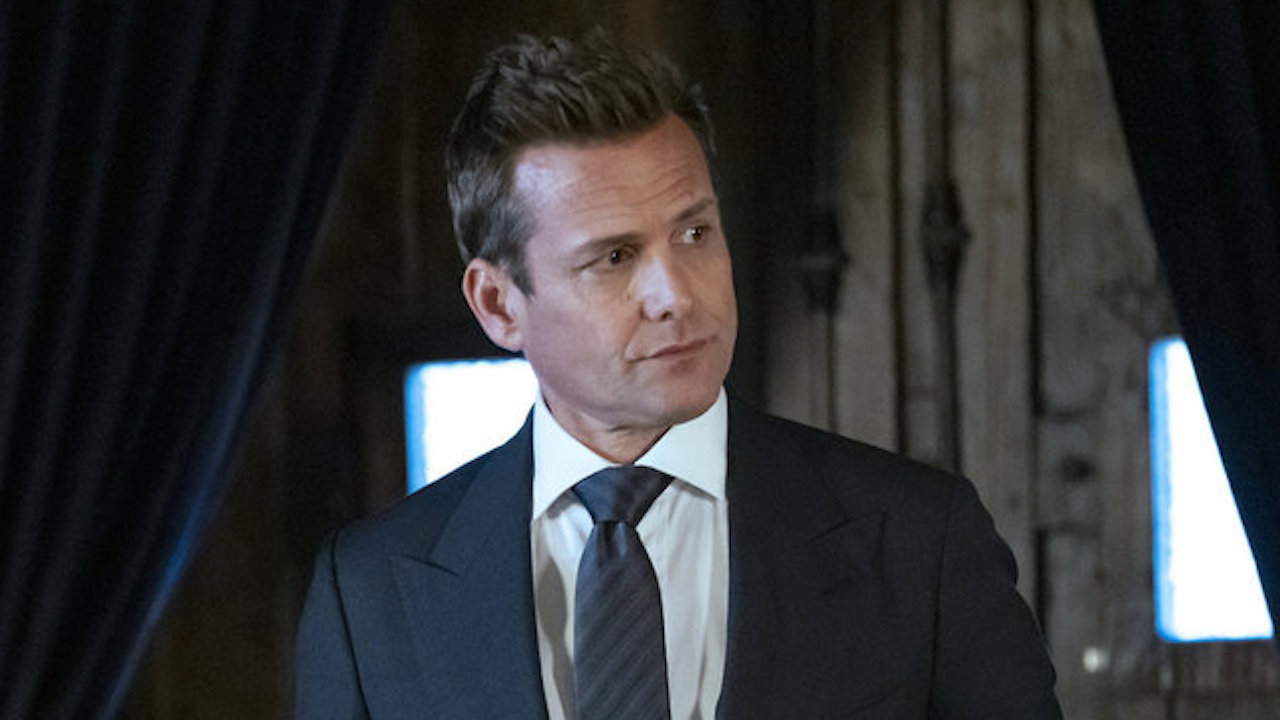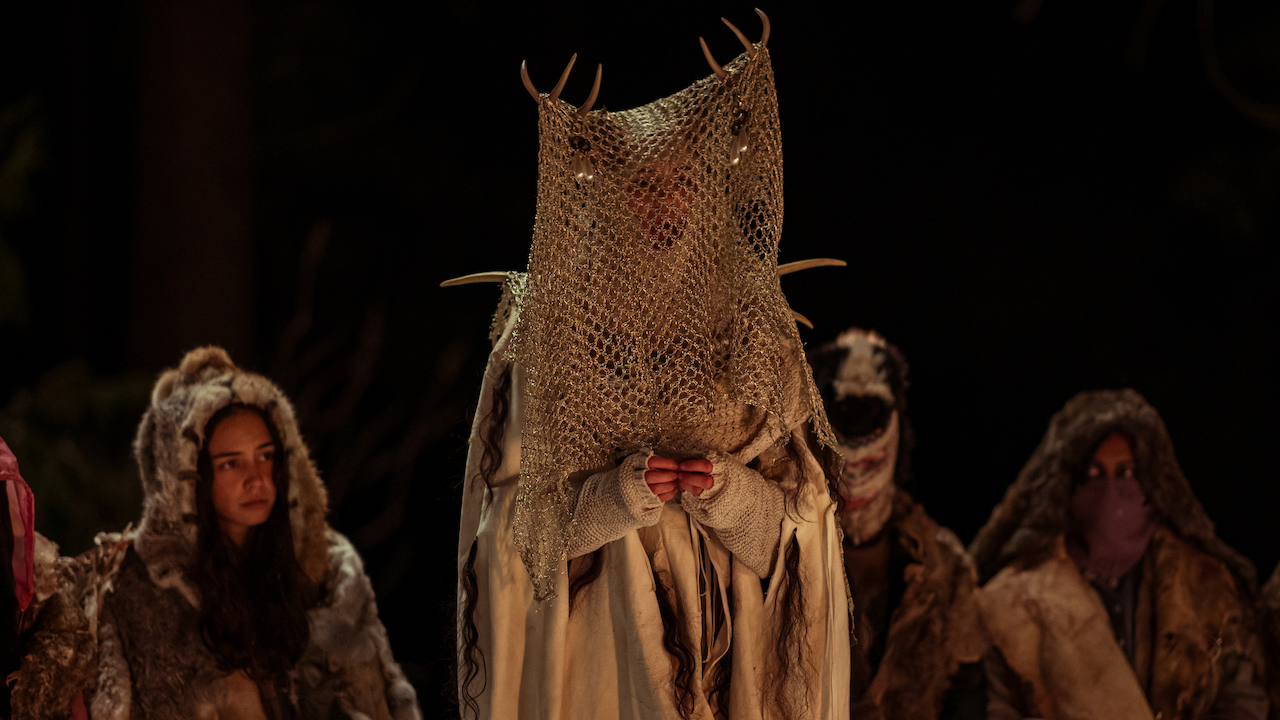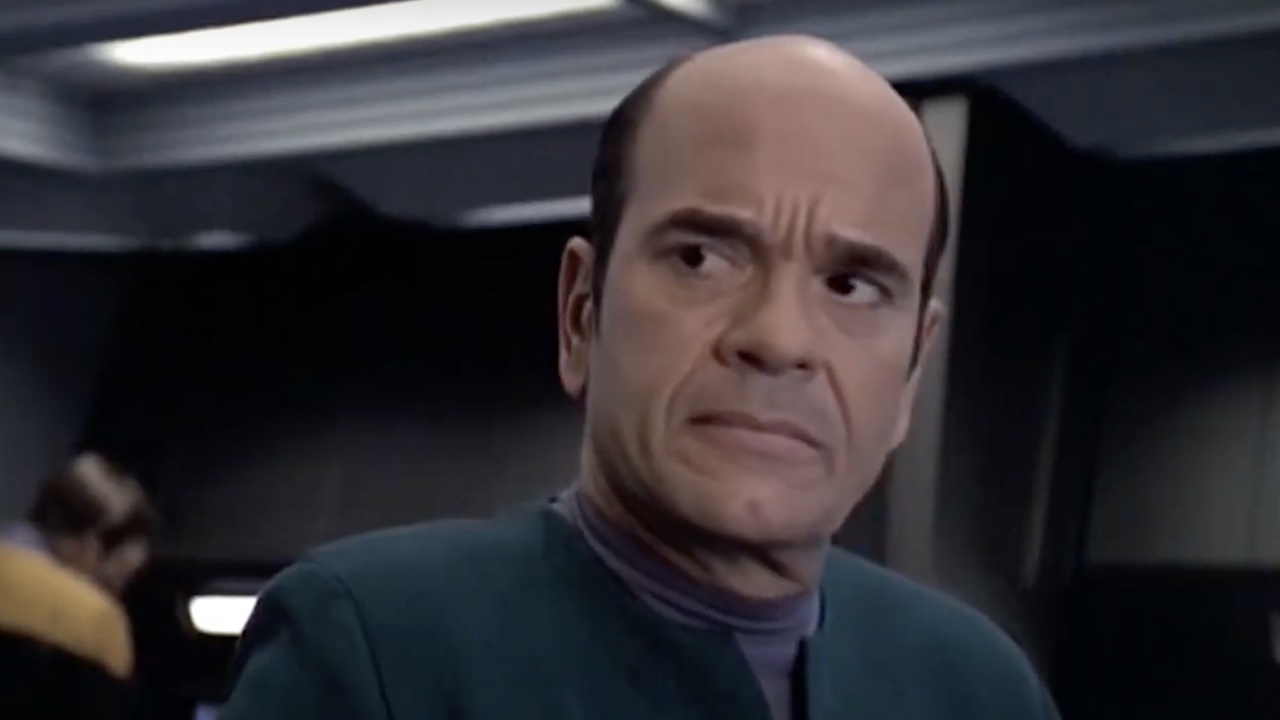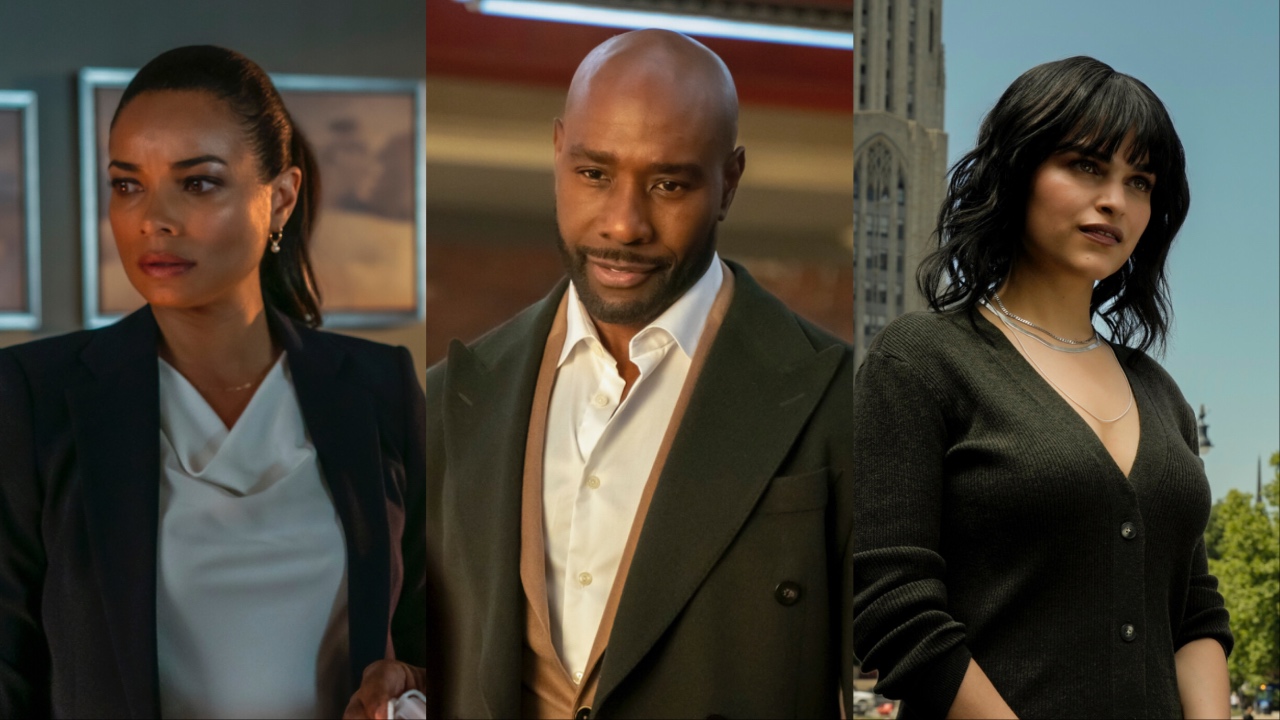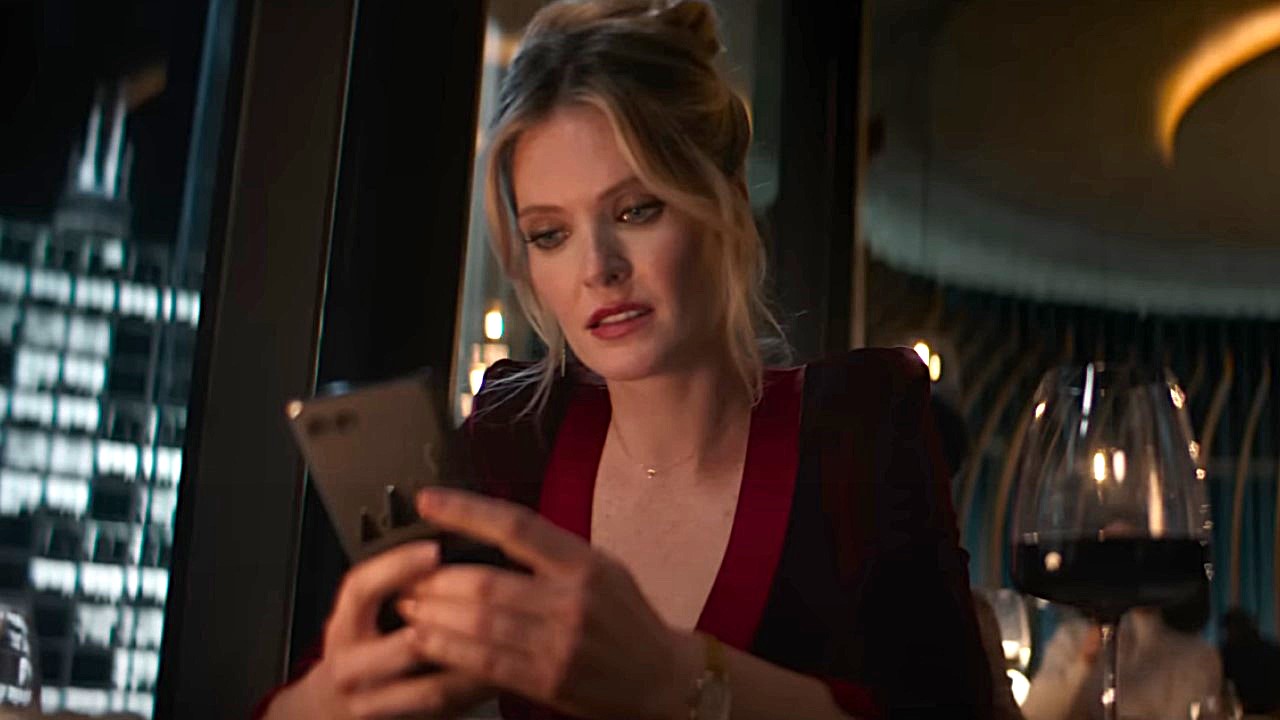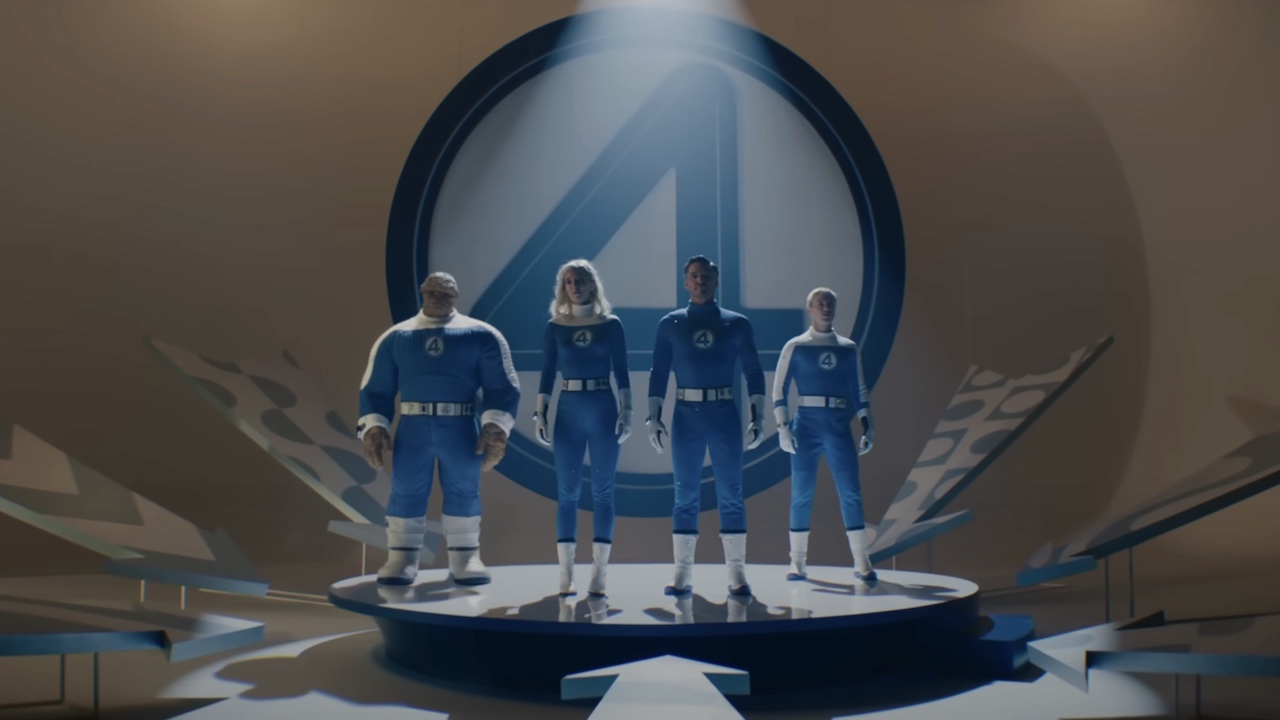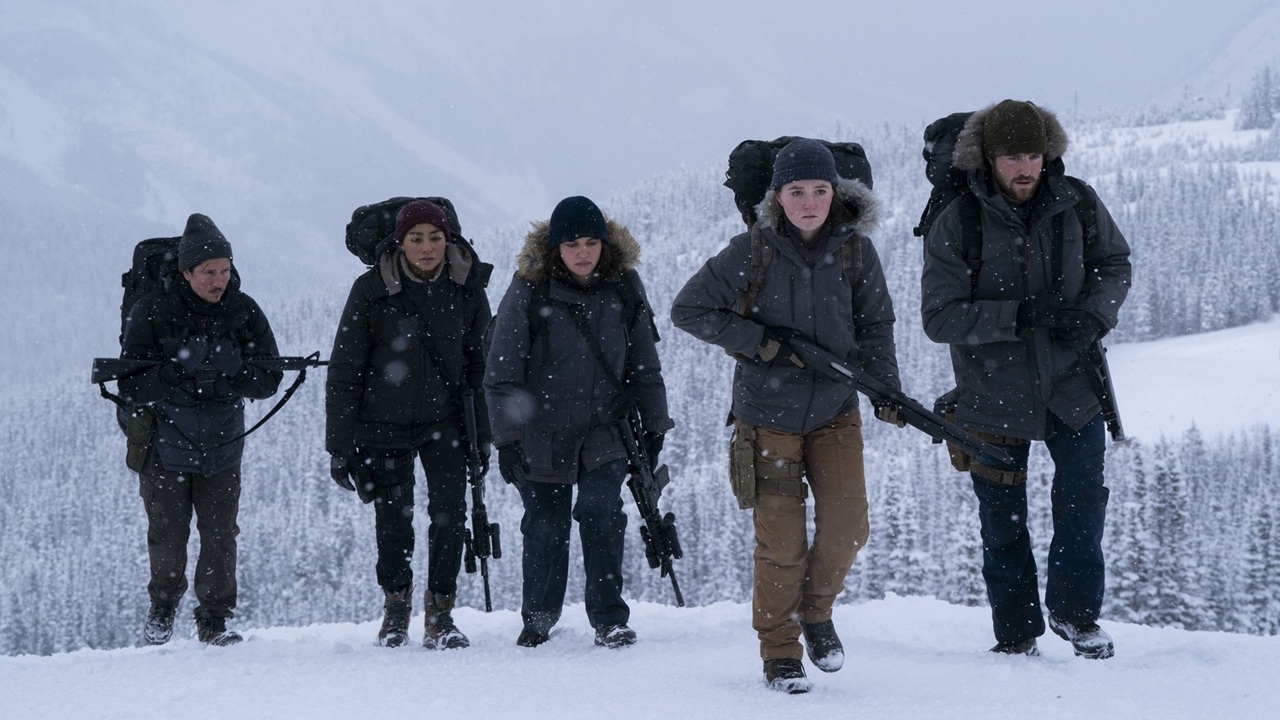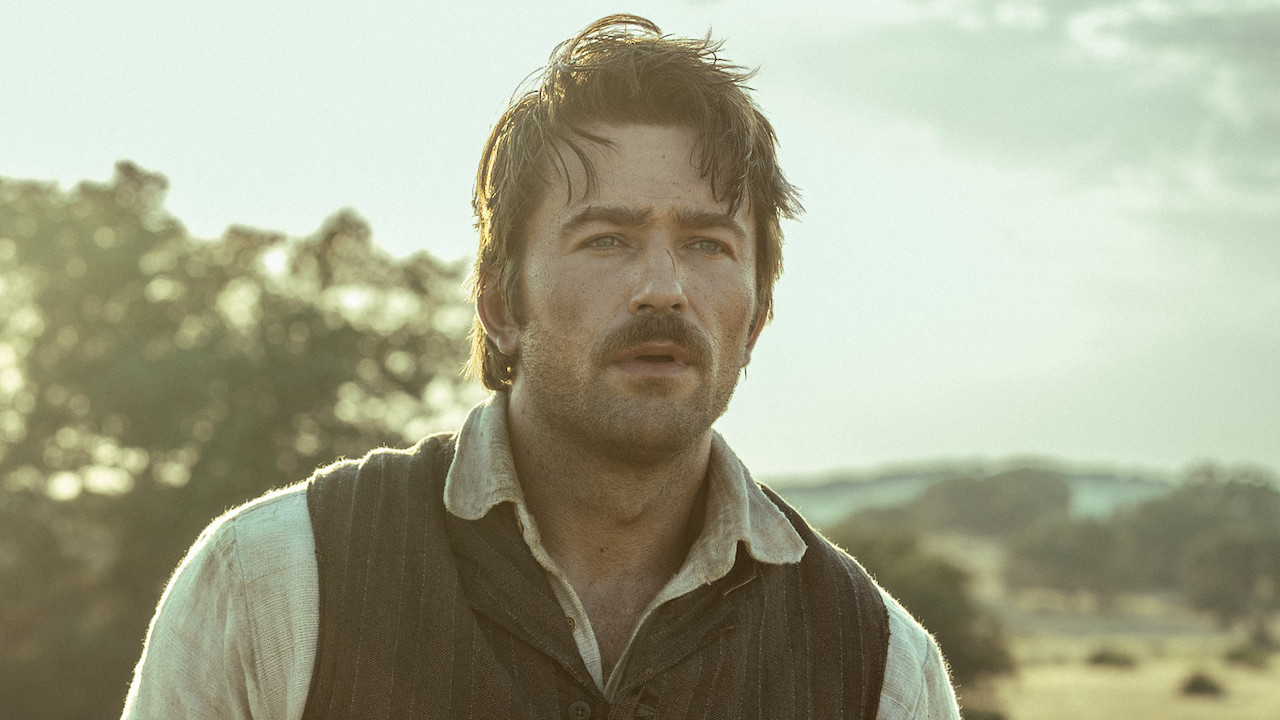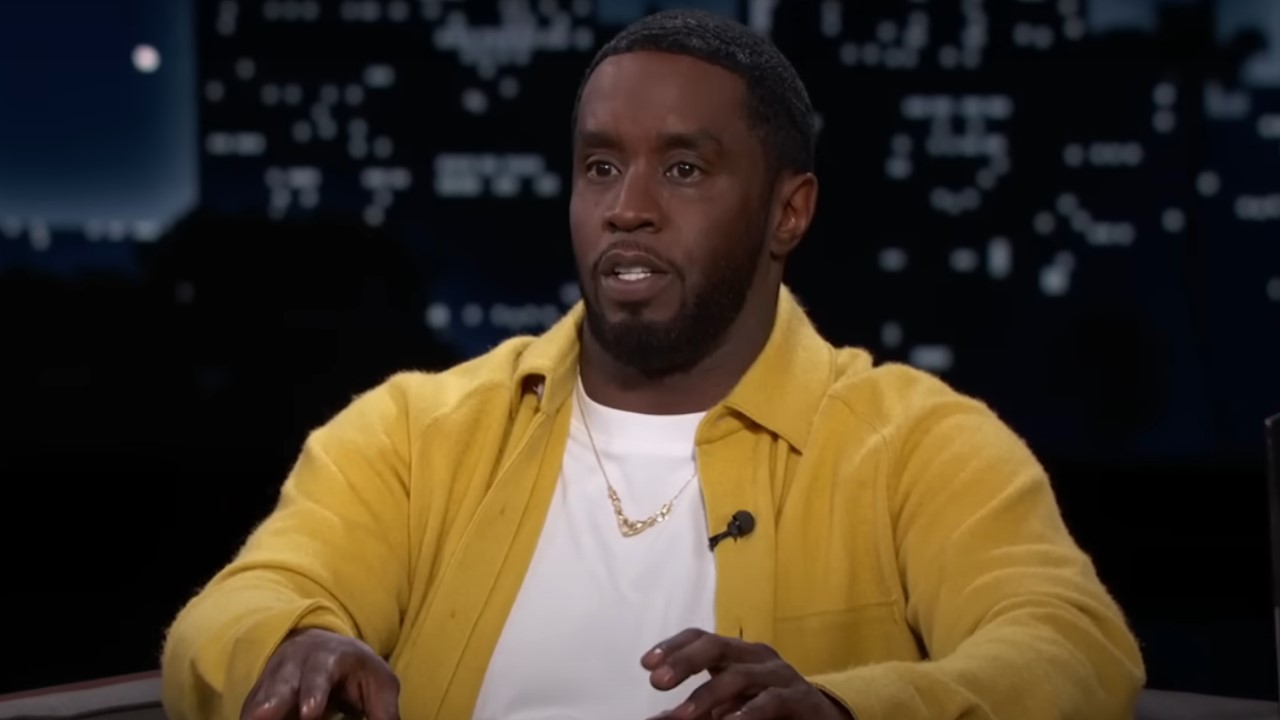The Lion King: 10 Behind-The-Scenes Facts About The Disney Animated Movie
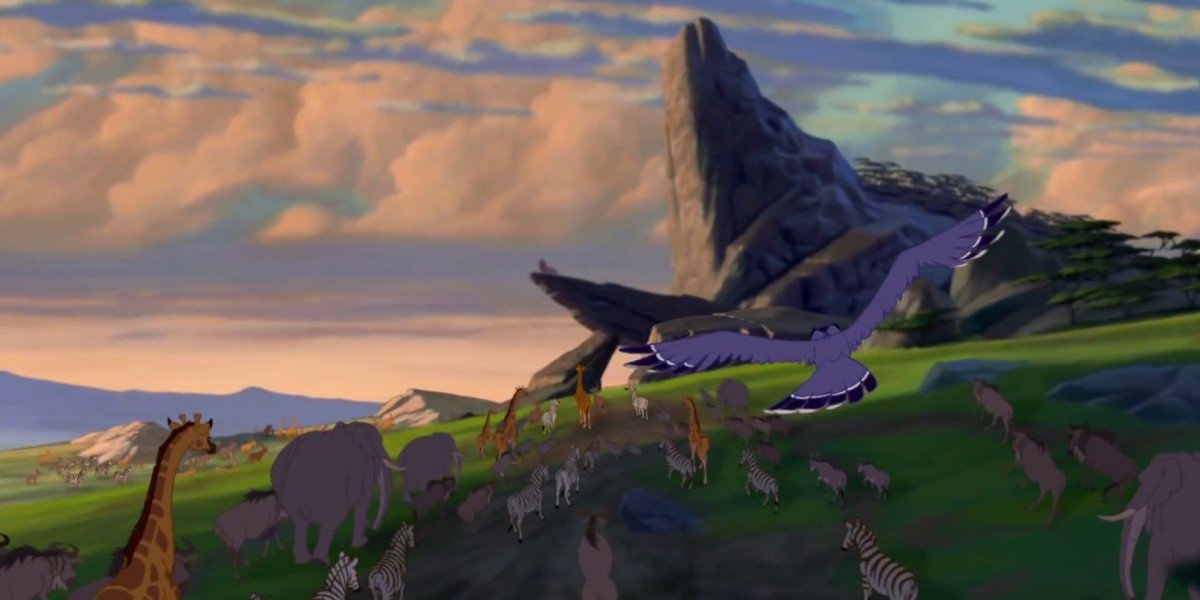
This past June, Disney's The Lion King celebrated its 26th anniversary. Released around the height of the Disney Renaissance, it's arguably not only the famous studio's greatest film from this astonishing time period but quite possibly one of their greatest movies ever. That's quite an accomplishment for any movie from the Mouse House, though its legacy continues to be cemented ever more as it gets closer to its 30th birthday. It's a bonafide classic that continues to spellbind and delight audiences of all ages, and its achievements are all-the-more impressive when you recount the journey of how it got made. With that, let's explore some fun behind-the-scenes facts about The Lion King.
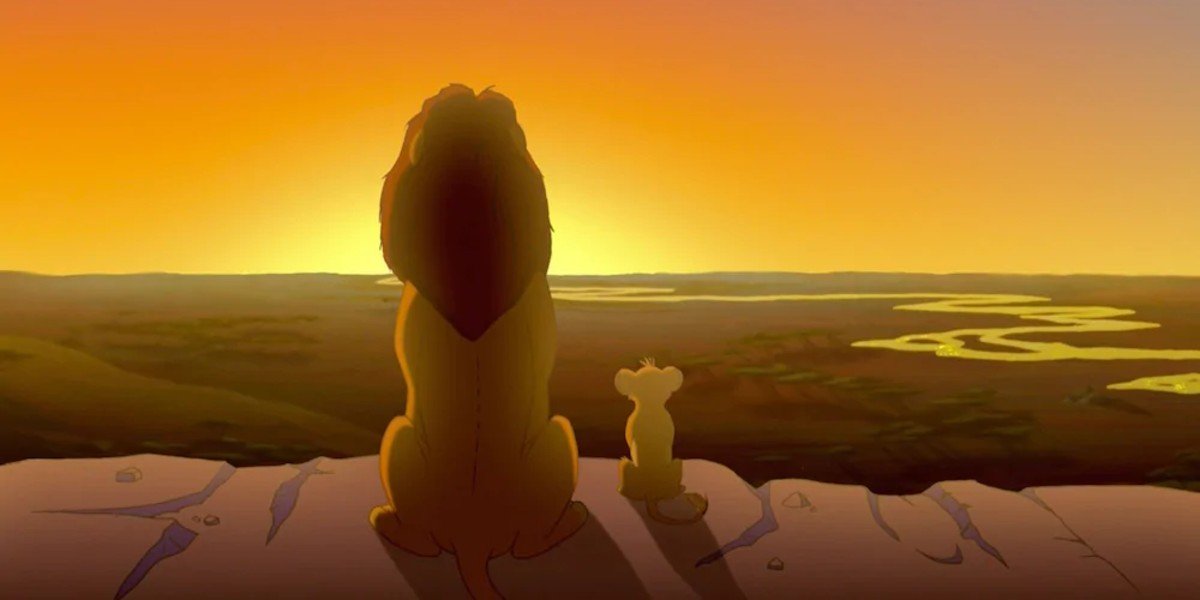
The Original Title Was King Of The Jungle, Before They Realized There Are No Lions In The Jungle
What's in a name? When it comes to a movie's success or failure, titles might not seem like big deals, but in their own weird way, they're a film's first promotions. More often than not, one of the first things you know about a movie is its title. Typically, they give you a short window into what the movie is about — narratively, thematically, character-wise, etc. When it comes to The Lion King, the title is short, simple, and direct. It's hard to find any mystery there. But this is not what the movie was originally gonna be called. Some working titles included King of the Kalahari and Lions. One of the longest-running titles was King of the Jungle, though it was changed when Disney discovered there are, in fact, no lions in the jungle.
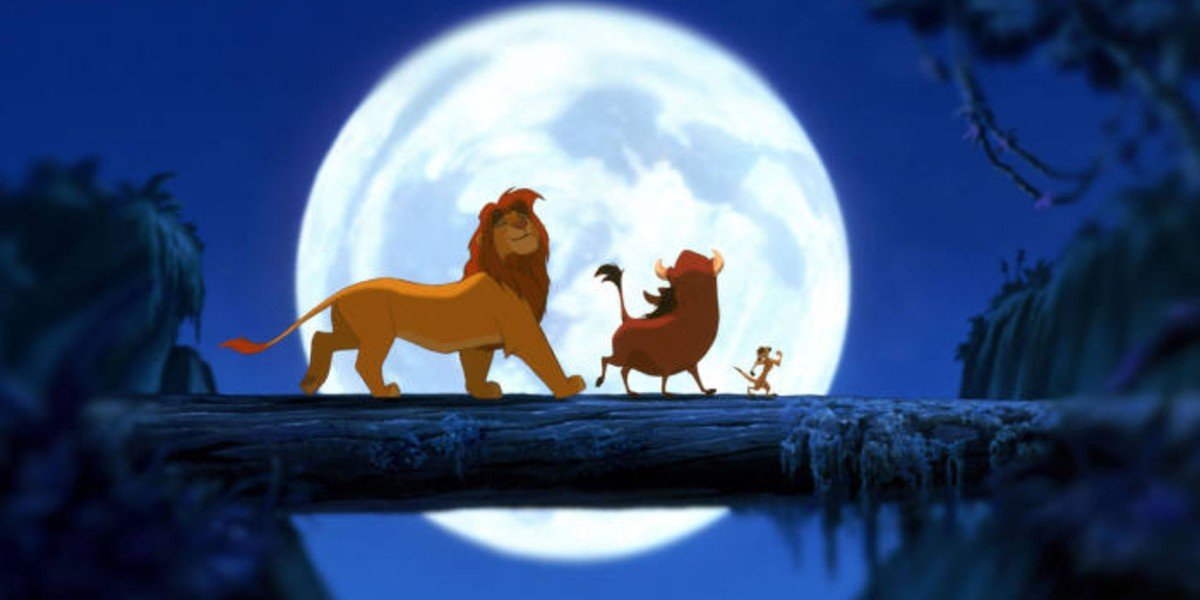
More Than 600 Animators Worked On The Lion King
It takes a lot of people to make a movie. Especially in the world of animation, where literally every frame needs to be created from a canvas, it takes a wealth of talented people to bring each drawn still to life on the screen. When it comes to Disney's animation house, you can certainly expect dozens of professionals and trained hands to lend their skill sets to a project — especially one as big (or eventually big) as The Lion King. As it was reported by Entertainment Weekly, there were more than 600 animators involved in the making of The Lion King, including animators, technicians, and other pivotal figures in the process. Indeed, every moment was intensely scrutinized, retooled, or remade again. Even the little, seemingly inconsequential bits costs lots of money, time, and headaches. But that's the cost of greatness.
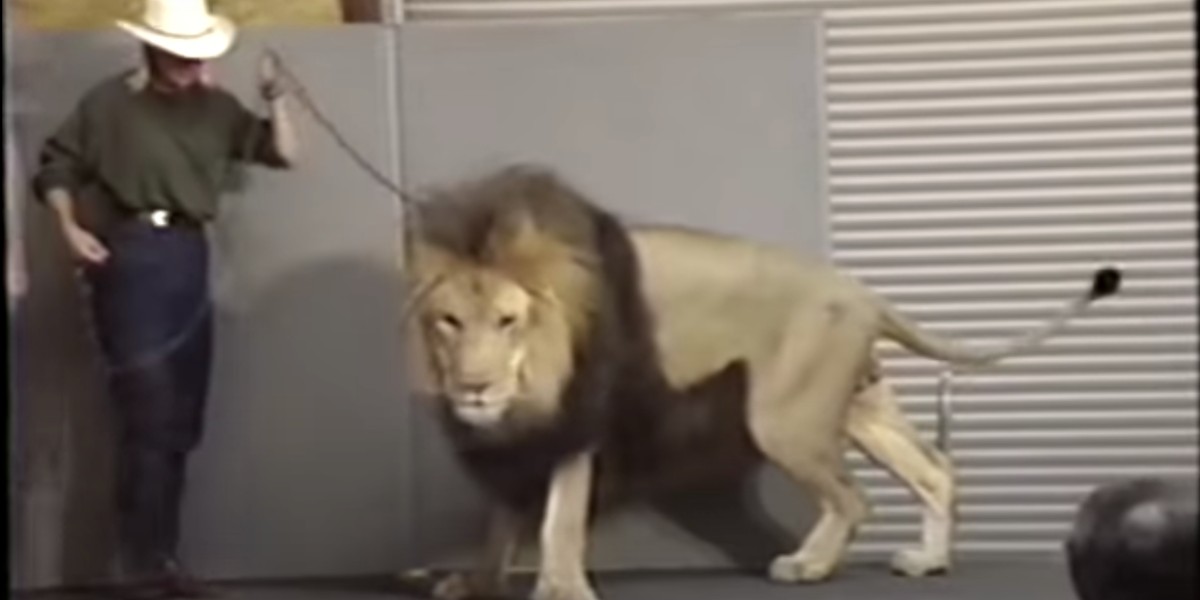
Real-Life Lions Were Brought To The Studio So That The Animators Could Accurately Draw Them
While animation can often allow many creative liberties, the filmmakers behind The Lion King wanted the hand-drawn animals who take center stage to have some realism to their designs. While there are many cartoonish and colorful moments to be found in Disney's adored animated classic, one key to its success comes from its well-crafted characters, who often walk and act like their real-life counterparts (minus, you know, the speaking English thing). As it was revealed in a VHS promo for The Lion King, the wild life animals were created by the animators studying the real thing, including real-life lions who were brought into the studio (safely, hopefully) for animators to study. Certainly, this paid off — though one must assume that having real-life lions walking around the office doesn't result in a calm work day.
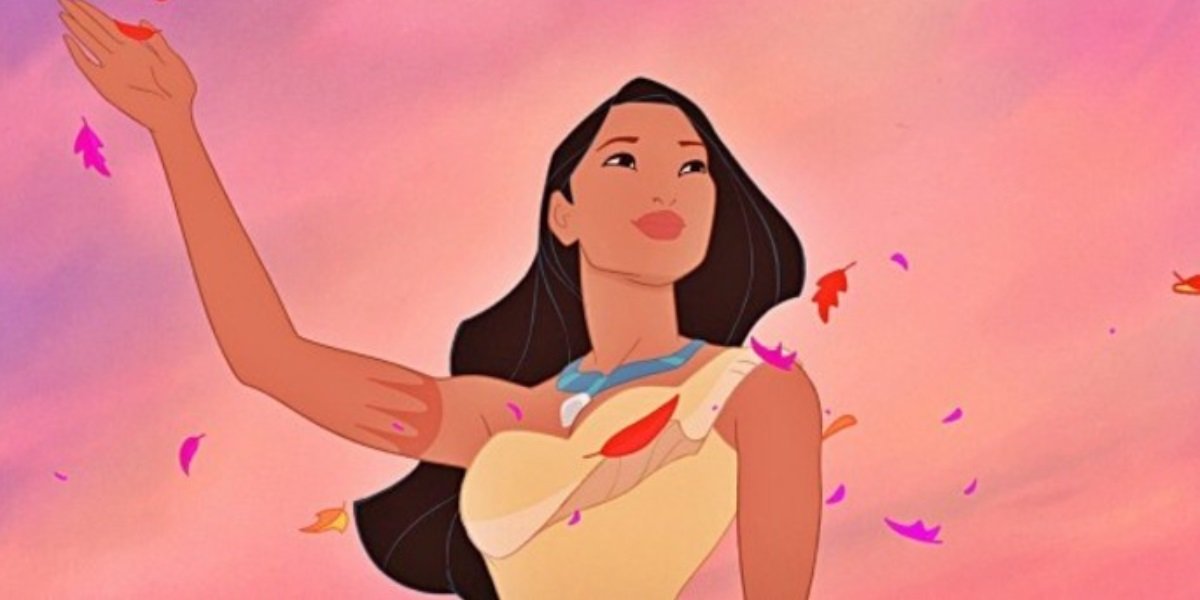
Disney Allegedly Expected Pocahontas To Be A Bigger Success Than The Lion King
It's been said that expectations are premeditated resentments. There are countless examples in Hollywood where producers thought one thing would happen and the result was anything but — for better and for worse. When it comes to The Lion King, Disney reportedly wasn't expecting it to be one of their biggest movies ever. Hell, apparently, they initially thought it might not even work. As Refinery29 reported, Disney made Pocahontas around the same time they made The Lion King. In-house, the animation team thought the former would perform much better than the latter.
As it was explained in the piece, Disney's animation team was split up, with Pocahontas getting more of the "A-players" while Lion King gained the B-Team. As a result of this division, a feud began brewing, with Lion King being called "Bambi with Lions" and getting poor notes around the studio. But like the little engine that could, The Lion King proved to be an unexpected hit. It became one of the biggest animated movies ever, while Pocahontas (though not poorly-received) hasn't received the same notice. Truly, it's good to be the king. This is how Disney animator Aaron Blaise has described it:
The best animator in the studio at the time was Glen Keane. He’s world-renowned, everybody wanted to work with [him.] At the time, Keane was assigned to Pocahontas. So right off the bat, everyone thought, Well if Keane is on Pocahontas, that must mean that’s the more important film because they’re really using their top dog for that. He was the supervising animator of Pocahontas, the character. And it’s a really strong, American story. I think that was a big part of it as well. The Lion King had been struggling quite a bit. It was an original story kind of loosely based on Hamlet, but it was struggling. So when the two of them were going at the same time, Lion King hadn’t really found its feet yet, and quite frankly, it was a bad movie. It just wasn’t good yet.
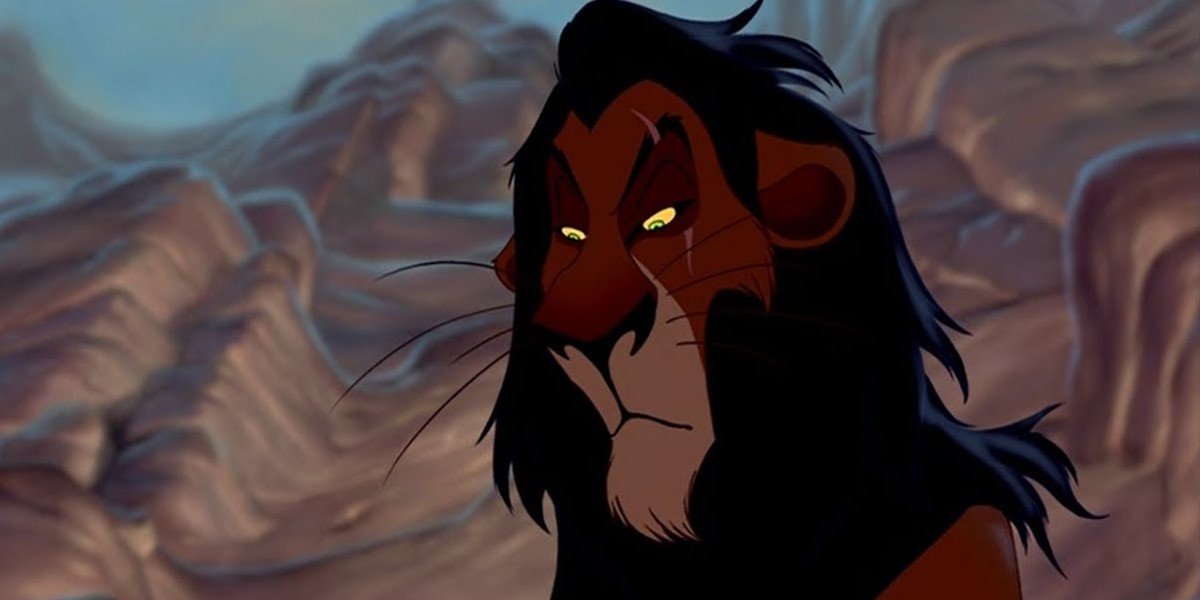
Tim Curry And Malcolm McDowell Were Considered To Voice Scar
It's hard to imagine anyone's voice coming out of Scar's mouth besides Jeremy Irons'. The actor's award-winning performance as the menacing, scornful brother of Mufasa who wouldn't stop at anything — not even murdering his own kin — to become the ruler of Pride Rock is a roaring achievement. It's as chilling as it is deliciously evil. Irons' silver tongue and his Shakespearean gravitas turned the malicious lion into arguably one of the best villains in Disney's long history of outstanding miscreants. Even in the thespian's prestigious and celebrated career, Scar remains one of his most iconic roles. Alas, in another world, he might not have gotten the part. As Thomas S. Hischak revealed in his book, Disney Voice Actors: A Biographical Dictionary, Tim Curry and Malcolm McDowell were both "seriously considered" to voice Scar.
CINEMABLEND NEWSLETTER
Your Daily Blend of Entertainment News
While each of those actors would've likely done great work in the part, directors Rob Minkoff and Roger Allers picked Jeremy Irons because of "his classical theatre training," wanting Irons to play Scar as "a Shakespearean character." Indeed, Irons plays the part with both a snarl and a sneer. It's playful, but that sportive attitude never undermines the viciousness of its intent. While Malcolm McDowell and Tim Curry are both wonderful actors, the directors made the right call with Irons. He nailed the character perfectly, providing one of the most fabulous villain performances in animation history.
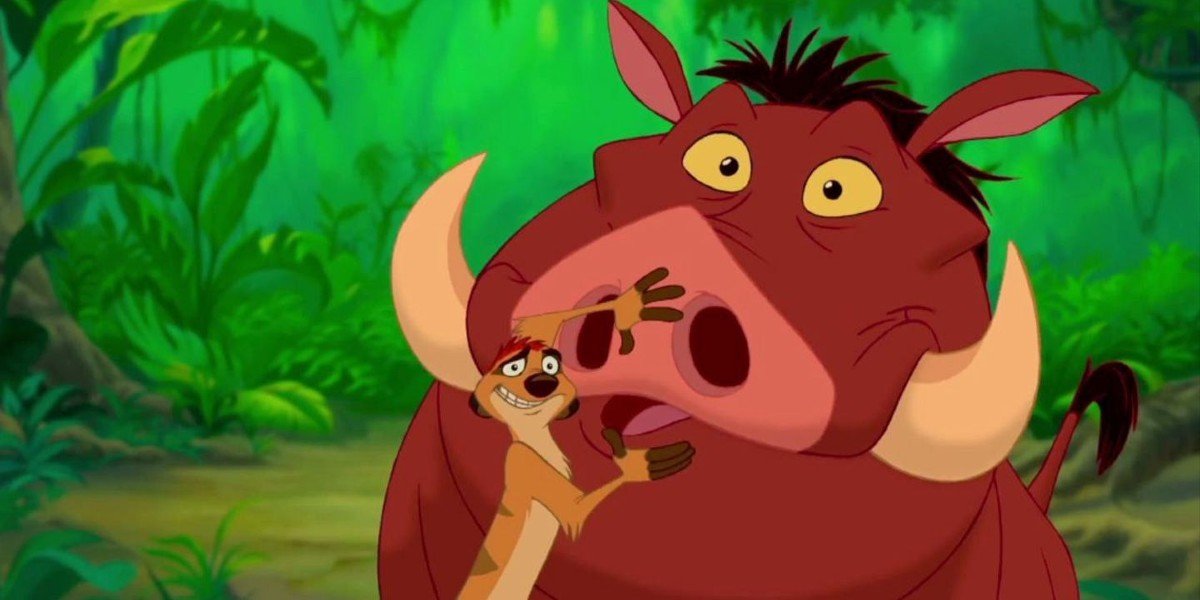
Nathan Lane and Ernie Sabella Weren't Originally Meant To Voice Timon and Pumba
Likewise, it's hard to imagine anyone but Nathan Lane and Ernie Sabella's voices coming out of the mouths of Timon and Pumbaa, respectively. This scene-stealing pair of social outcasts are a reliable comic relief duo, providing lots of irreverent glee and cheeky mischief to the animated family film — notably after its darkest moment. Their boisterous chemistry and rambunctious free spirits are richly indebted to these charismatic and charming voice performers, and it wouldn't be the same movie without them playing these memorable personalities. Which is why it's surprising to know that initially, Disney didn't have them in mind for these characters. In particular, Nathan Lane was sought for a number of side characters before he became Timon.
As Nathan Lane revealed in a conversation with Matthew Broderick and Thomas Schumacher, he was originally sought to voice Zazu, though this idea was ultimately short-lived. Later, Lane auditioned to voice one of the hyenas, and he asked if Sabella could join him for the read-through. Sure enough, in that audition, the filmmakers realized these immensely talented performers were perfect together — albeit for two different characters. And the rest is history.
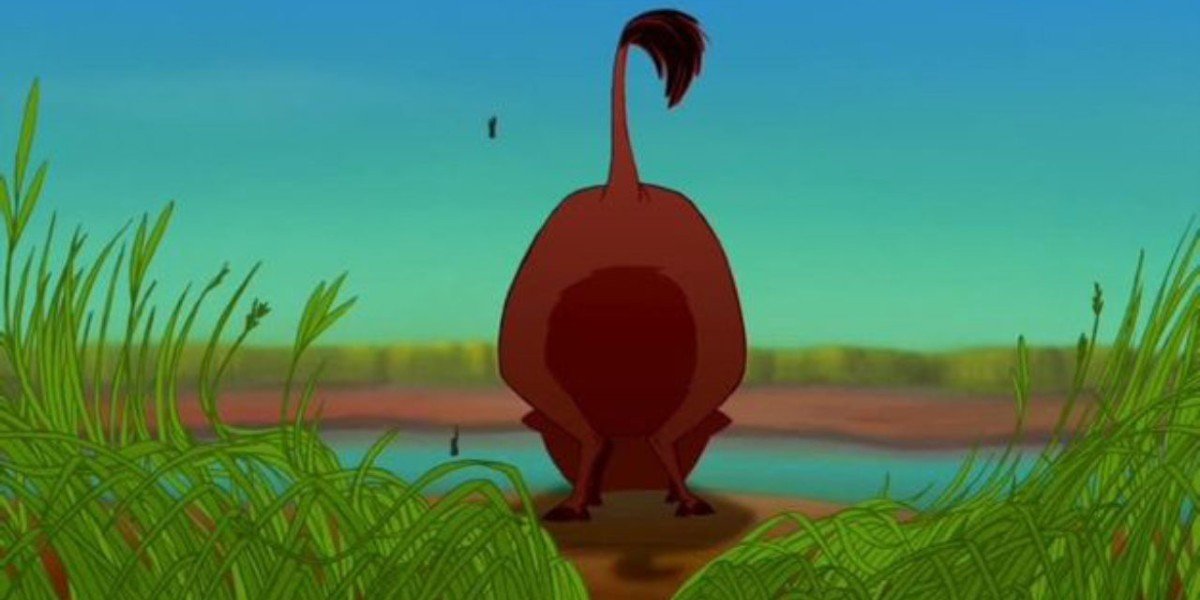
Pumbaa Was The First Disney Character To Fart
Flatulence can certainly seem common in kids movies — especially nowadays — but it's not something that has really been seen (or, rather, heard), in too many movies in Disney's extensive, decades-spanning filmography. In fact, it wasn't until 1994's The Lion King that a character actually let one rip in one of their movies. That's right. Pumbaa has that notable distinction of being the first Disney character to fart on-screen in a Disney movie, as it was reported in Noel Botham's oddly-specific 2014 book, How Fast Can You Fart? And Other Weird, Gross, And Disgusting Facts. So, in a way, the moment that Pumbaa loudly passed gas in "Hakuna Matata" was a trendsetter, ushering in a new era of family entertainment where animated movies like Shrek and more felt emboldened to have characters expel wind on-screen.
What a time to be alive?
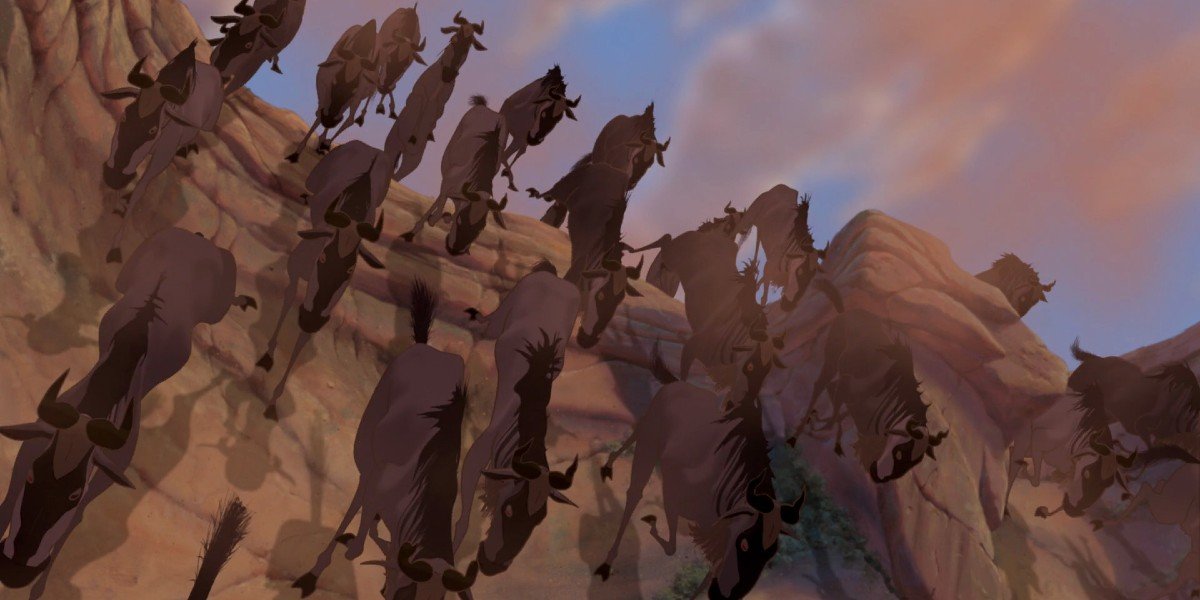
The Wildebeest Stampede Scene Reportedly Took Years To Animate
Animation is a time-consuming process. Literally every single multi-second needs to be created; it takes hours-upon-days-upon-weeks just to create a few seconds of film. Plus, some scenes are more intensive than others, taking longer to complete. In The Lion King, several scenes were complicated for several reasons. Some of them required more retooling, while some required more work and attention.
Certainly, the memorable wildebeest stampede scene is an incredible sequence to behold, and it didn't reach the screen easily. As it was revealed by producer Don Hahn in an interview with ScreenRant, this thrilling scene reportedly took upwards of three years to complete, due to the high volume of animals on-screen and the use of early CG animation in the frame. It was also a matter of finding a way to communicate the danger of this scene without traumatizing young audiences.
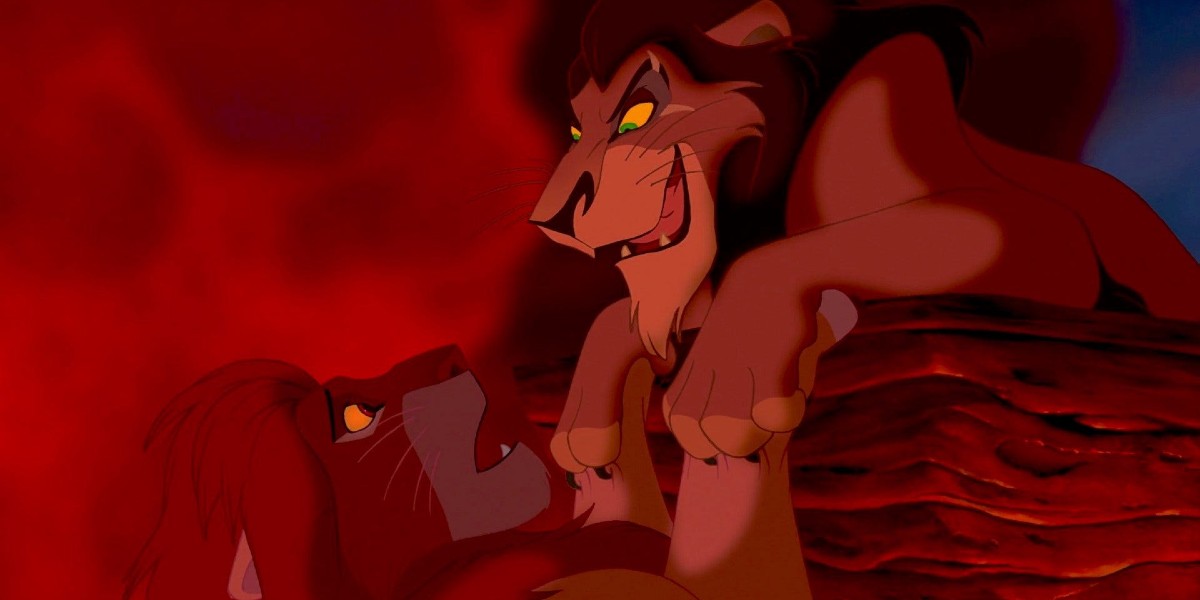
The Original Ending Was Reportedly Much Darker
A film takes many forums in its journey from start-to-completion. Shots were will remade, once-key moments will be cut, and scenes are rewritten. When it comes to The Lion King, the original ending was reportedly darker than what we got in the final product. As it was reported by Digital Spy, the original storyboards for The Lion King saw Scar winning his fight against Simba by throwing him off Pride Rock, uttering "Goodnight, sweet prince" before leading our main character to his demise.
Believing Simba has died, he laughs manically as the flames engulf him. While it's later revealed that Simba survived the fall, Scar still died violently in front of our eyes as the fire takes his life. While Scar's death in the film, which involved hyenas eating him, is pretty dark too, there's something notably bleaker about this particular alternate ending.
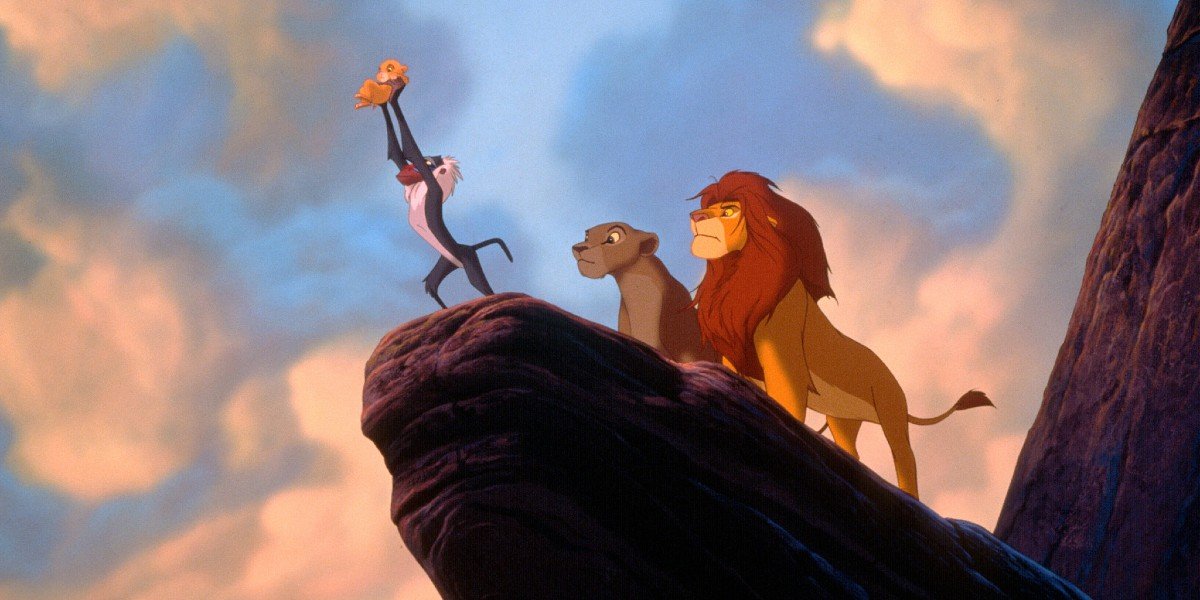
The Lion King Is The Highest-Selling VHS Tape Of All-Time
It's hard to overstate The Lion King's success. Even beyond the wildest expectations set for the movie, The Lion King proved to be incredibly profitable and extremely lucrative, paving the way for a best-selling soundtrack, a thunderously successful Broadway musical, and a recent "live-action" remake. It was the towering achievement of Disney's Renaissance, lacking only Beauty and the Beast's Best Picture nomination. Sure enough, The Lion King was immensely successful on home media as well.
Though, again, that's putting it mildly. Selling over 32 million copies and producing $520+ million in revenue, The Lion King became the best-selling VHS of all-time, with Disney's Snow White And the Seven Dwarfs coming up in second place. This is an astonishing accomplishment, though it certainly makes sense. In the '90s, seemingly every kid had a copy of the movie and watched it religiously.
What are your favorite behind-the-scenes facts about Disney's animated masterpiece? Let us know in the comment section below!
Will is an entertainment writer based in Pittsburgh, PA. His writing can also be found in The Playlist, Cut Print Film, We Got This Covered, The Young Folks, Slate and other outlets. He also co-hosts the weekly film/TV podcast Cinemaholics with Jon Negroni and he likes to think he's a professional Garfield enthusiast.

